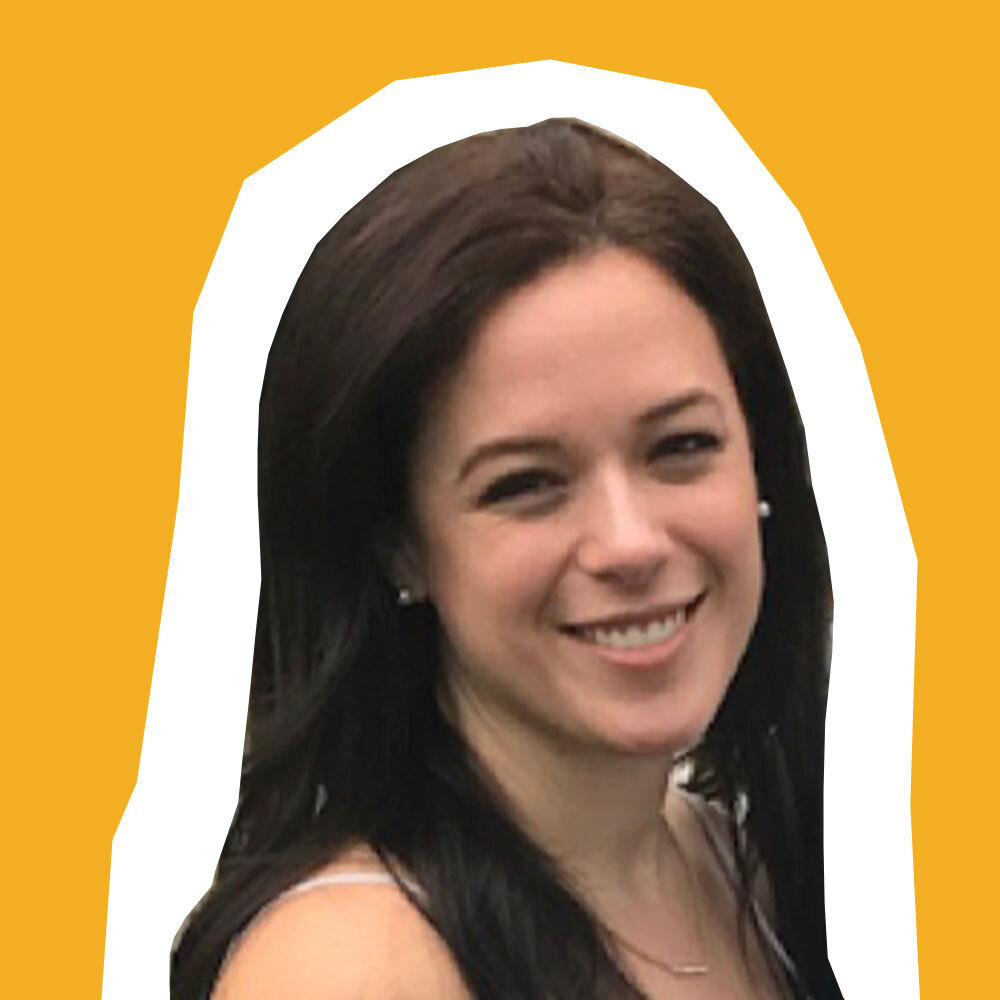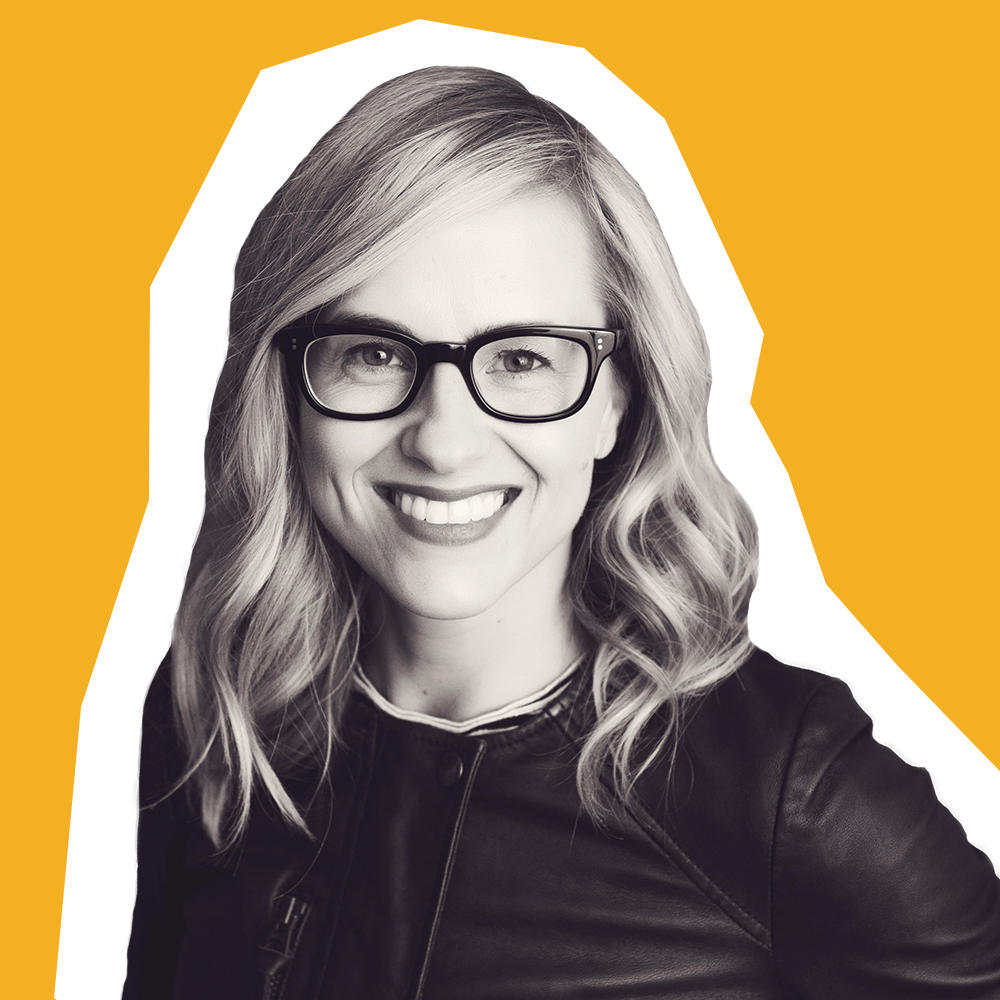Advertising has the power to move culture forward, but continued underrepresentation and misrepresentation in ads is holding back more than just brands.
In a Facebook-commissioned study, for example, only 41% of U.S. survey participants said they feel represented in the ads they see. To learn more about the state of diversity in online advertising and its impact on both people and business, we partnered with the Geena Davis Institute on Gender in Media at Mount Saint Mary’s University.
I discussed the new research in a (virtual) Q&A with The Institute’s CEO, Madeline Di Nonno. This accomplished business leader and former cross-industry marketing executive provided a unique perspective on the disconnect between advertising tropes and the real communities we live in—and what marketers can do to close the gap.
Fernanda Alcantara: In a Facebook-commissioned survey, 70% of participants said they want to see more diversity and inclusion in digital ads. Why is it important to tell inclusive stories specifically in online advertising, and why was it the focus of the research?
Madeline Di Nonno: For starters, people now spend more time on digital channels than they do with traditional media such as TV or print. So, the way brands portray gender, race, sexual orientation, disabilities, age and body type online can really influence how people perceive one another, as well as how they see themselves in society. And clearly, this matters to consumers.
For many, progress may feel intuitive. But we examined a random sample of Facebook ads and saw there’s much more work to be done. What surprised you about the findings?
That’s just it. There seems to be a consensus among agencies and advertisers that more diverse representation is critical. Despite that—and despite the overwhelming agreement from consumers—we still saw the same tropes and stereotypes showing up in ads. For example:
- Female characters were 14 times more likely to be shown in revealing clothing than male characters.
- Traditional gender roles and activities prevail, with female characters twice as likely as male characters to be shown cooking and as the primary caregivers.
- Representation can reinforce stereotypes; for example, characters of diverse ethnicity in the U.S. were over twice as likely as white characters to be shown working out or at sporting events.
- Even though 19% of Americans have some form of cognitive, emotional or physical disability, only 1.1% of all characters analyzed did.
It’s everyone’s responsibility to speak up about bias and stereotypes. All brands have an opportunity to step up, not only through increased presence of underrepresented groups, but through portrayals that are more authentic and empowering.
And it also may lead to better business results. In a Facebook analysis, we found that campaigns with more diverse representation had a 90% likelihood to be more effective at driving ad recall compared to campaigns with single traditional representation. In your experience, is more inclusive advertising more successful?
Indeed it is. I’ve observed that not only is eliminating harmful bias in advertising the right and responsible thing to do, it can lead to better results. I’ve even seen studies showing that creative with more diverse representation can boost stock price. As a general rule, I believe what’s good for our society is good for brands!
The industry seems ready for holistic and systematic change … to eradicate negative stereotypes, promote inclusion and ensure the advertising put out in the world more accurately reflects reality. In your opinion, how can brands turn intention into action?
Advertisers are experts at changing hearts and minds. However, when it comes to the pursuit of equity, many advertisers voice sympathy with the cause, but fail to act.
To help, here are some recommendations from The Institute:
- Get specific in your briefs, scripts and casting documents—include gender, race and sexual orientation. Consider using an intersectional lens even if (and especially when) it’s not related to the brand or the message of the campaign.
- Write and cast more female characters, sexualize them less, and show them having agency and authority.
- Write and cast characters of color, people from the LGBTQ+ community, those with disabilities, and a wide range of ages and body types. Show these characters as professional, intelligent and authentic.
- Establish tangible measurements to evaluate your creative briefs before moving into production.
- Commit to and conduct regular and annual diversity and inclusion assessments and audits to evaluate representation onscreen and across your creative and brands.
- Nurture your talent pipeline to ensure that young, diverse, and inclusive talent is mentored and supported.
Thank you so much for sharing your insights, Madeline. Advertisers have a unique opportunity to build better brands and help move culture forward, after all, and action starts with awareness. This research from Facebook, in partnership with the Geena Davis Institute on Gender in Media, will be published over the coming weeks on the Facebook Research Blog.



































































